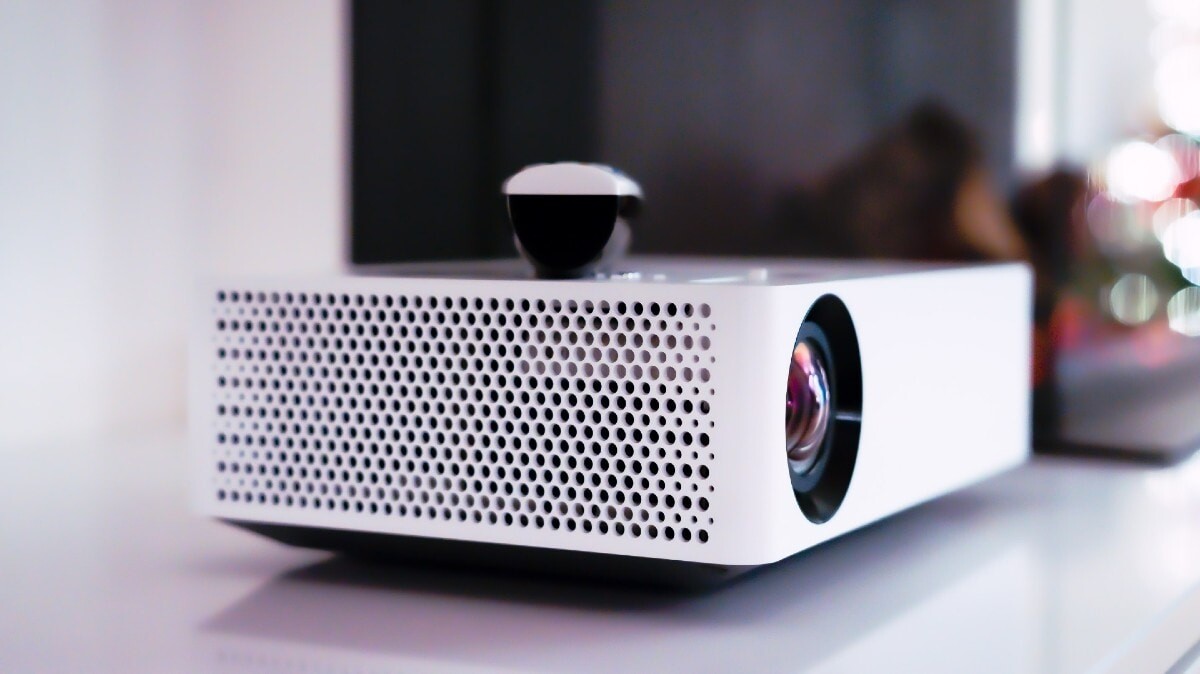Digital Light Processing DLP technology, developed by Texas Instruments in 1987, has significantly transformed the digital projection landscape. This technology, renowned for its high image quality and durability, is used in various applications, including home theatres, business presentations, and large-scale movie screens.
This article delves into the mechanics of DLP technology, its benefits such as superior image quality and smooth motion handling, its drawbacks like the “rainbow effect,” and its overall impact on the projection industry, demonstrating its enduring relevance and adaptability in a competitive market.
Read also: A closer Look at Lenovo’s transparent display Laptop
The benefits of DLP technology
DLP projectors are known for their images. These cameras capture images with good contrast and deep blacks. DLP projectors use millions of micromirrors to define pixels, making them ideal for detailed presentations and HD video.
DLP technology is used for fast-moving pictures in sports, action films, and video games. The mirrors move swiftly to reduce motion blur, making viewing smooth.
Modern multi-colour LED DLP projectors have excellent colour accuracy. Bright, realistic colours can be produced via the colour wheel or LED arrangement.
DLP projectors are noted for their reliability and durability. The DMD chip is protected to prevent dust and pollutants from damaging other projectors. Due to their low maintenance and long lifespan, DLP projectors are ideal.
DLP projectors weigh less than their LCD counterparts because they are simple and perfect for mobile learning environments and commercial presentations.
DLP technology drawbacks
The “rainbow effect,” a downside of DLP projectors, leads viewers to see bursts of colour in high-contrast images. Single-chip DLP projectors sequence colours, giving this effect. Some viewers are distracted by this impact, while others are not.
Although DLP projectors have superb image quality, they may not be as bright as LCD or LCoS ones. Because ambient light can wipe out these displays, they are unsuitable for well-lit areas.
Consumer DLP projectors with single-chip designs may have the rainbow effect. To avoid this, use three-chip DLP projectors. They are more expensive and are used in professional or high-end home theatres.
Due to colour wheel artefacts, single-chip DLP projectors with colour wheels may encounter dithering and colour breakup. This is less common with LED-based DLP projectors but remains an issue.
Read also: Backbone One offers superb mobile gaming experience
Impact on the projection industry
DLP has transformed projection. Its high image quality makes it popular for many uses. DLP projectors are popular in home theatres for their cinematic visuals. Business and education benefit from portability and reliability.
Digital cinema also uses DLP technology for immersive, high-resolution pictures. 3D DLP projectors are more versatile and influential.
DLP remains a powerful digital projection technology. This device is versatile due to its high image quality, fluid motion handling, accurate colours, and stable performance. Buyers should know about the rainbow effect and brightness limits. DLP stays current and appealing by changing and improving in a competitive market.




